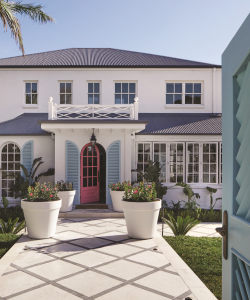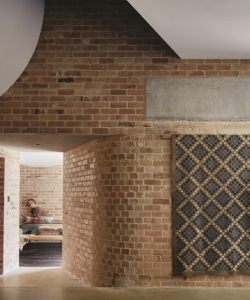The positive benefits of creating gardens and surrounding ourselves with plants and trees is widely acknowledged. Not only are we physically better off (from the increased oxygen and the incidental exercise) but it is proven that green surroundings help us to relax, reduce mental fatigue and aid our ability to concentrate.
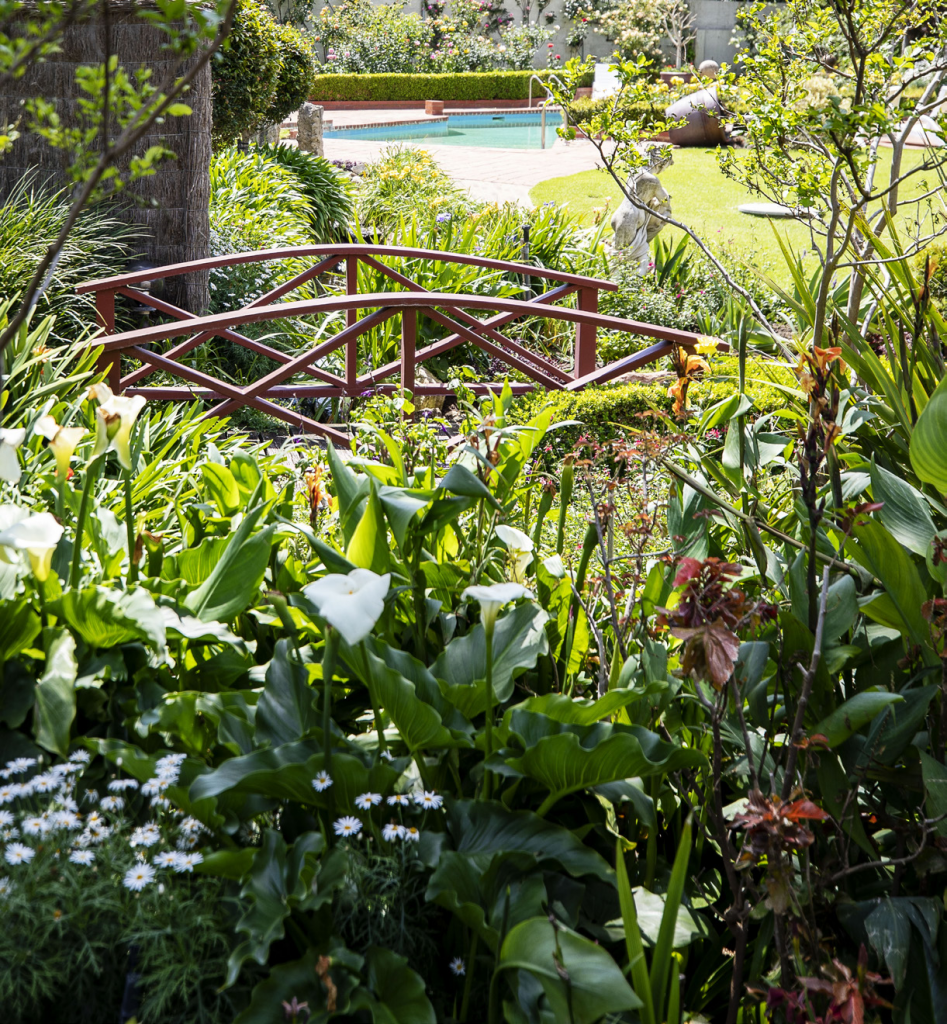
Being in nature can help us be more positive, more effective and better able to cope with life’s challenges. And now more than ever we certainly need all the help we can get.
Spending time in nature can have a profoundly positive effect on an individual’s mental and physical wellbeing. Even viewing a garden from a hospital room window can have positive health and wellbeing effects.
Immersion in the landscape though is far more profound and stressed-out Japanese have been practising ‘forest bathing’ since the 1980s.
Now don’t worry, this doesn’t involve swimming (or nudity) – rather it is all about moving at a snail’s pace though the forest, listening to the sounds around you.
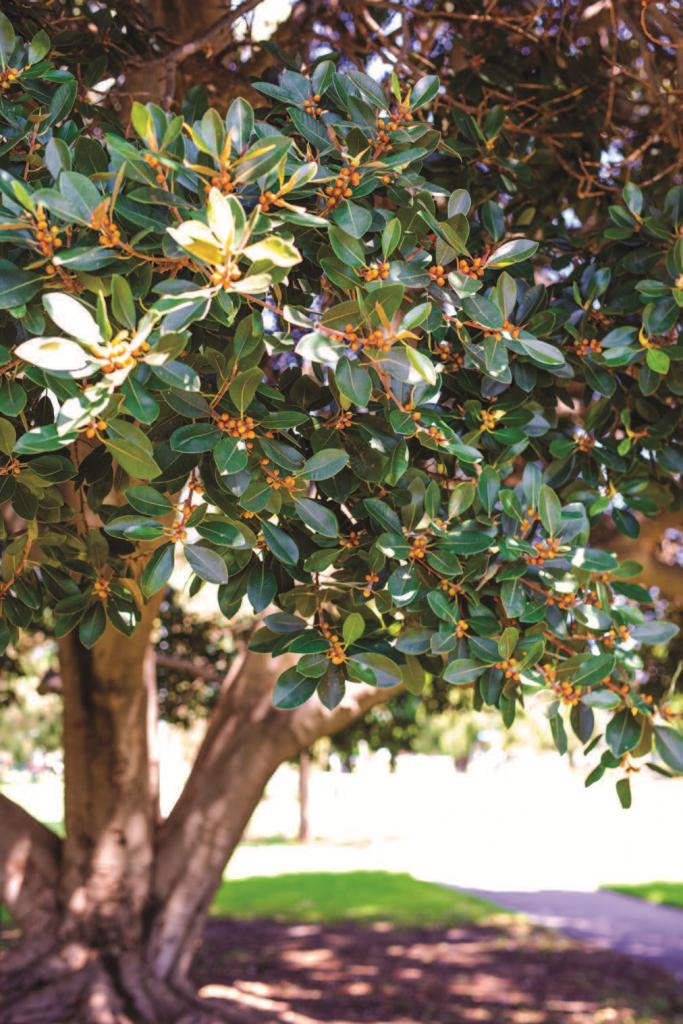
It is also taking time to sit and tune into all your senses and notice the nature around you – the trees, stones, plants and flowers. Sounds amazing and it is now practised in Australia with our amazing South-West forests being perfect venues for this.
But you don’t need to travel far from home to experience nature therapy, you can create gardens for the senses in your own backyard.
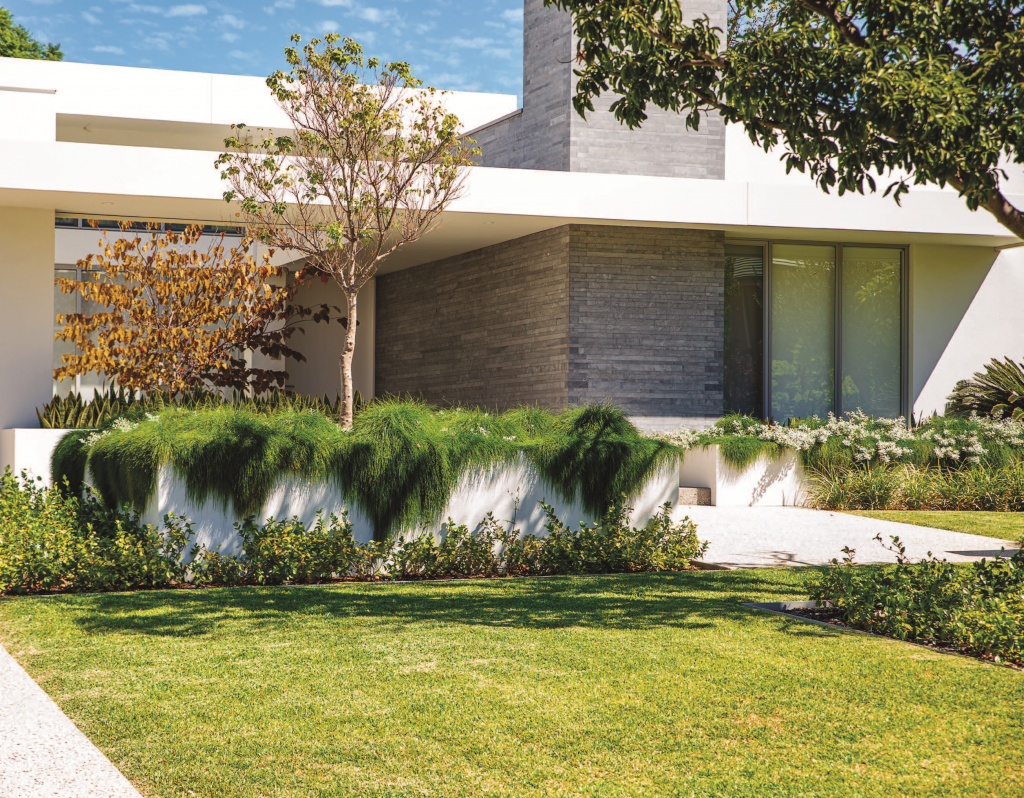
By the senses we are referring to the main senses of touch, taste, sight, smell and sound.
Landscape components include both the vegetative and hardscape elements (such as bench seats, ramps and pathways), with the aim to make the garden as user-friendly and as inclusive as possible.
Sensory gardens really do have something for everyone, and all members of the community can enjoy a garden designed along these lines.
It can have significant benefits for those with dementia, post-traumatic stress disorder, attention deficit hyperactivity disorder, on the autism spectrum or with a visual impairment or brain injury, who can find great solace and healing. But these individuals will have different requirements so the garden needs to be designed with their specific needs in mind. Overall, these spaces need to be accessible and safe.
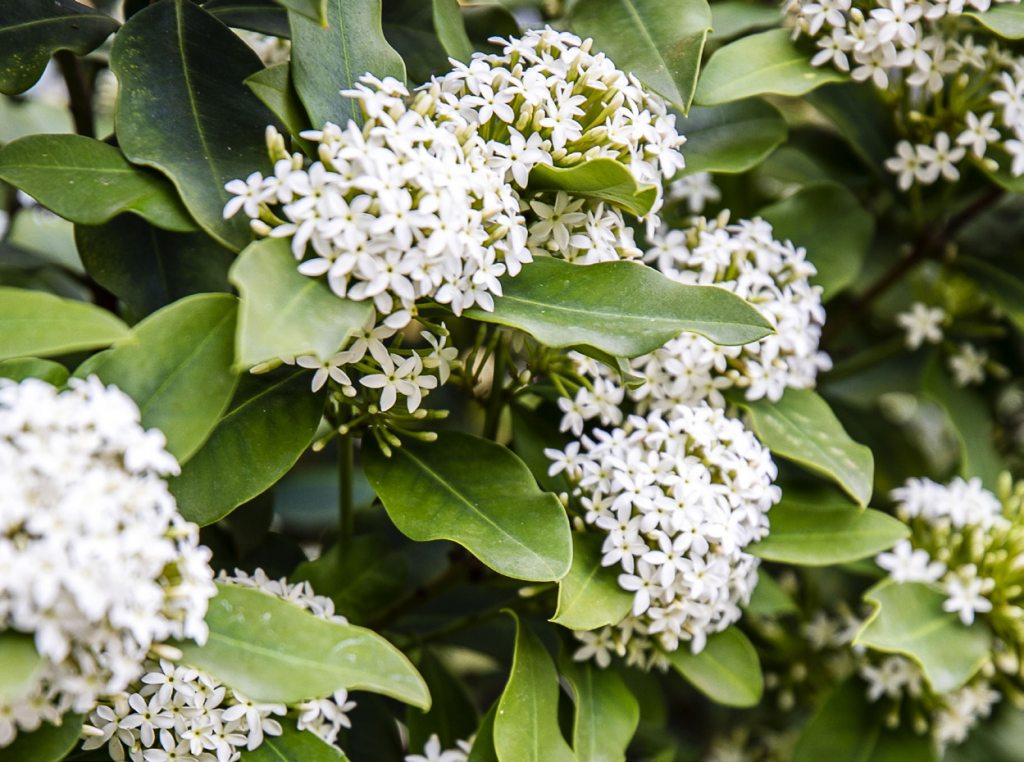
Design Principles for Sensory Gardens
Keep in mind that visitors will interact with plants in a sensory garden. Plants will be touched, with leaves being pulled off, to be smelt and perhaps tasted. Signage in the garden would alert visitors or their carers to which plants can be eaten as well as providing more depth and meaning to the experience.
Include spaces in the garden for seating and for shelter from the elements. Ensure hardscaping is well designed and constructed with adequate width for pram or wheelchair access.
Ensure the plants are hardy and suited to the site and don’t include any poisonous plants in the planting scheme.
Plant Suggestions for a Sensory Garden
TOUCH
– Furry, fuzzy foliage such as Lamb’s-ears Stachys sp., Eremophila nivea
– Feathery plumes such as fountain grass
– Papery bark such as the melaleuca (paperbarks)
TASTE
– Culinary herbs: basil, thyme, parsley, rosemary, curry leaf
– Fruits and vegetables: tomatoes, carrots, Cape gooseberries, blueberries, apples, pomegranate, plums, grapes, strawberries
– Bush tucker: Midyim berry (Austromyrtus dulcis), Blue Tongue Melastoma, Muntries
SIGHT
– Bright colourful flowers: grevillea, callistemon, kangaroo paws, roses
– Colourful and contrasting foliage: cordylines, Phormium, Dianella, cushion bush
– Shiny foliage: Coprosma
SMELL
– Fragrant flowers: Murraya paniculata, roses, jasmine
– Fragrant foliage: rosemary, lavender, oregano, myrtles, mint (including river mint, mint bush), weeping peppermint, lemon myrtle (Backhousia citriodora), Leptospermum petersonii
SOUND
– Casuarina, gum trees, grasses, plants that make sound as they rustle or move
– Windchimes and water in the garden
– Birdsong or frog sounds
Lisa Passmore presents the four week Home Base Garden Design Course.



